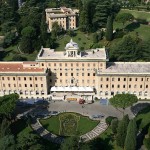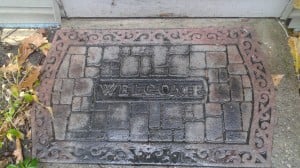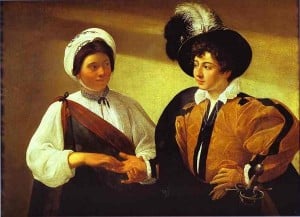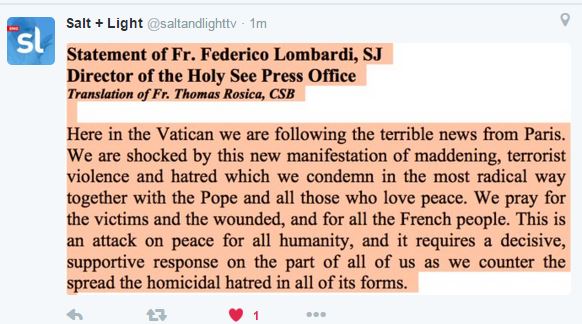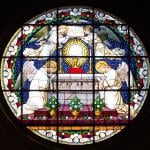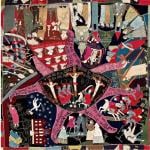 Yesterday in Rome, it was announced that Pope Francis had opened his gardens at Castel Gandolfo to the public.
Yesterday in Rome, it was announced that Pope Francis had opened his gardens at Castel Gandolfo to the public.
Tourists will now be able to tour the gardens of the Pontifical Villas where, according to the director of the Vatican Museums, “the splendor of art and the glory of nature co-exist in admirable equilibrium.”
A 90-minute guided tour, either in Italian or in English, will be offered each Monday-Saturday; tickets can be obtained through the Vatican Museums via an on-line booking system.
 The gardens at Castel Gandolfo differ from the sprawling garden behind St. Peter’s Basilica, in that Castel Gandolfo’s garden is more linear.
The gardens at Castel Gandolfo differ from the sprawling garden behind St. Peter’s Basilica, in that Castel Gandolfo’s garden is more linear.
The Barberini Gardens, on the site of an ancient Roman villa built by Emperor Domitian, still offer a peek into life during the Flavian dynasty. Tourists can wander through the ruins of the imperial theatre and the crypto-portico–the covered passageway where the emperor and his guests strolled while escaping from the summer heat. There’s a magnolia garden, a path of roses and a path lined with aromatic herbs, as well as a square of holly oaks and the breathtaking Belvedere garden.
 Since the 17th century, popes have vacationed at Castel Gandolfo, where the air is cooler than in the city, and where the Barberini Gardens offer breathtaking views over Lake Albano and beyond, to the coastline of the Mediterranean sea. Pius XI added a model farm which still produces milk, eggs, oil, vegetables and honey which can be purchased in the Vatican supermarket. Pope Pius XII sheltered Jewish war refugees there. Pope John Paul II added a swimming pool. At least two popes, Pius XII and Paul VI, died there at Castel Gandolfo.
Since the 17th century, popes have vacationed at Castel Gandolfo, where the air is cooler than in the city, and where the Barberini Gardens offer breathtaking views over Lake Albano and beyond, to the coastline of the Mediterranean sea. Pius XI added a model farm which still produces milk, eggs, oil, vegetables and honey which can be purchased in the Vatican supermarket. Pope Pius XII sheltered Jewish war refugees there. Pope John Paul II added a swimming pool. At least two popes, Pius XII and Paul VI, died there at Castel Gandolfo.
For details regarding ticket prices and to book your tour on-line, visit the Vatican Museums website.




